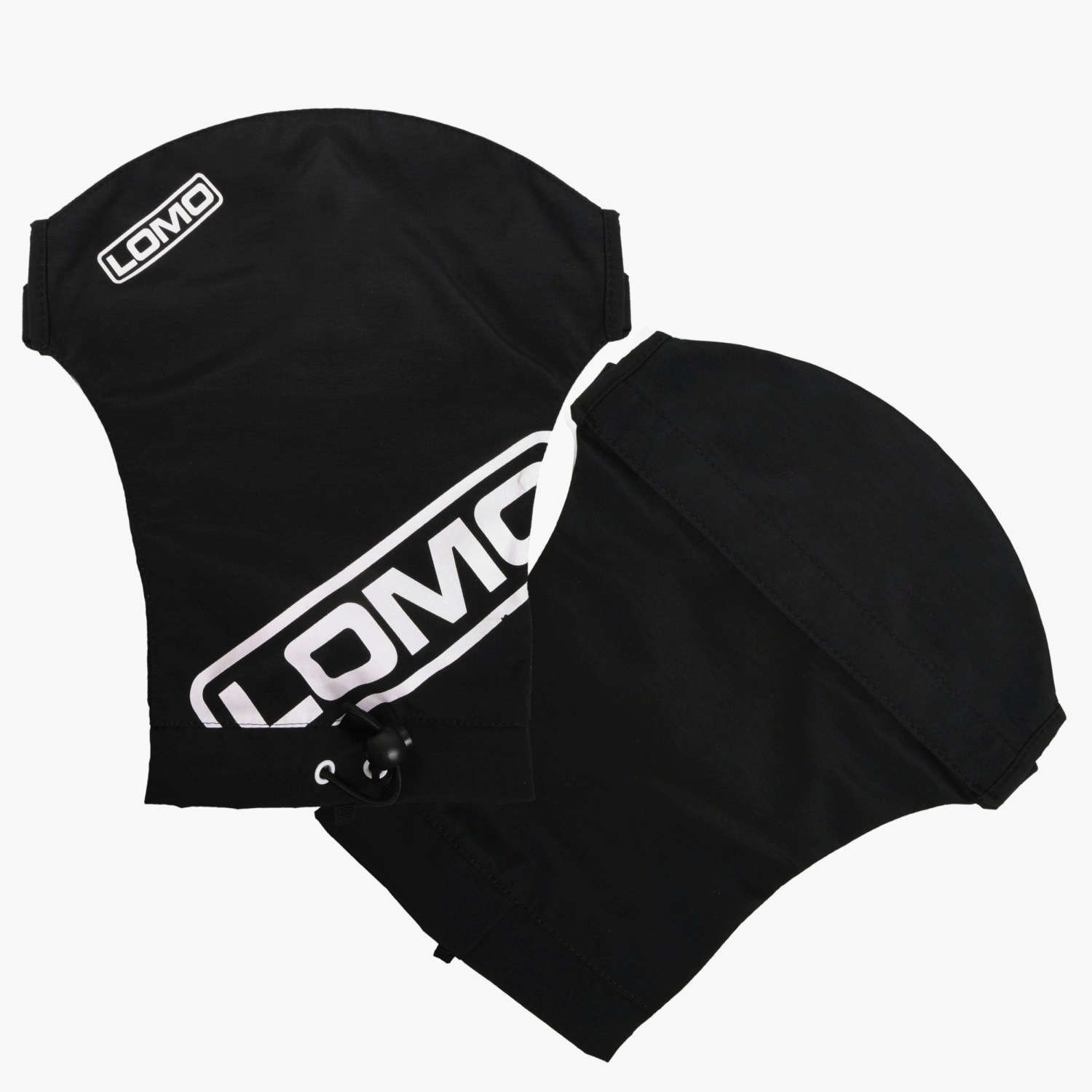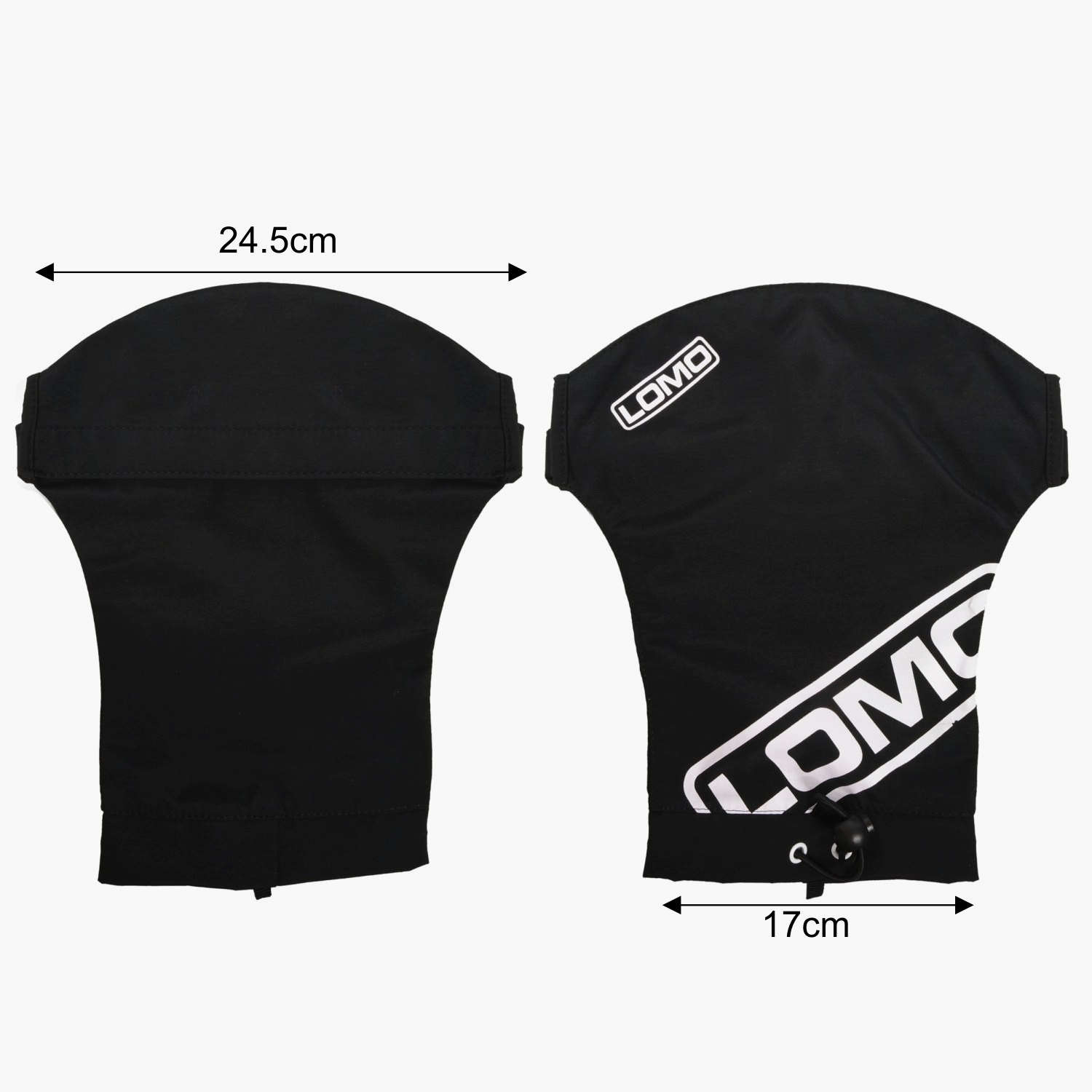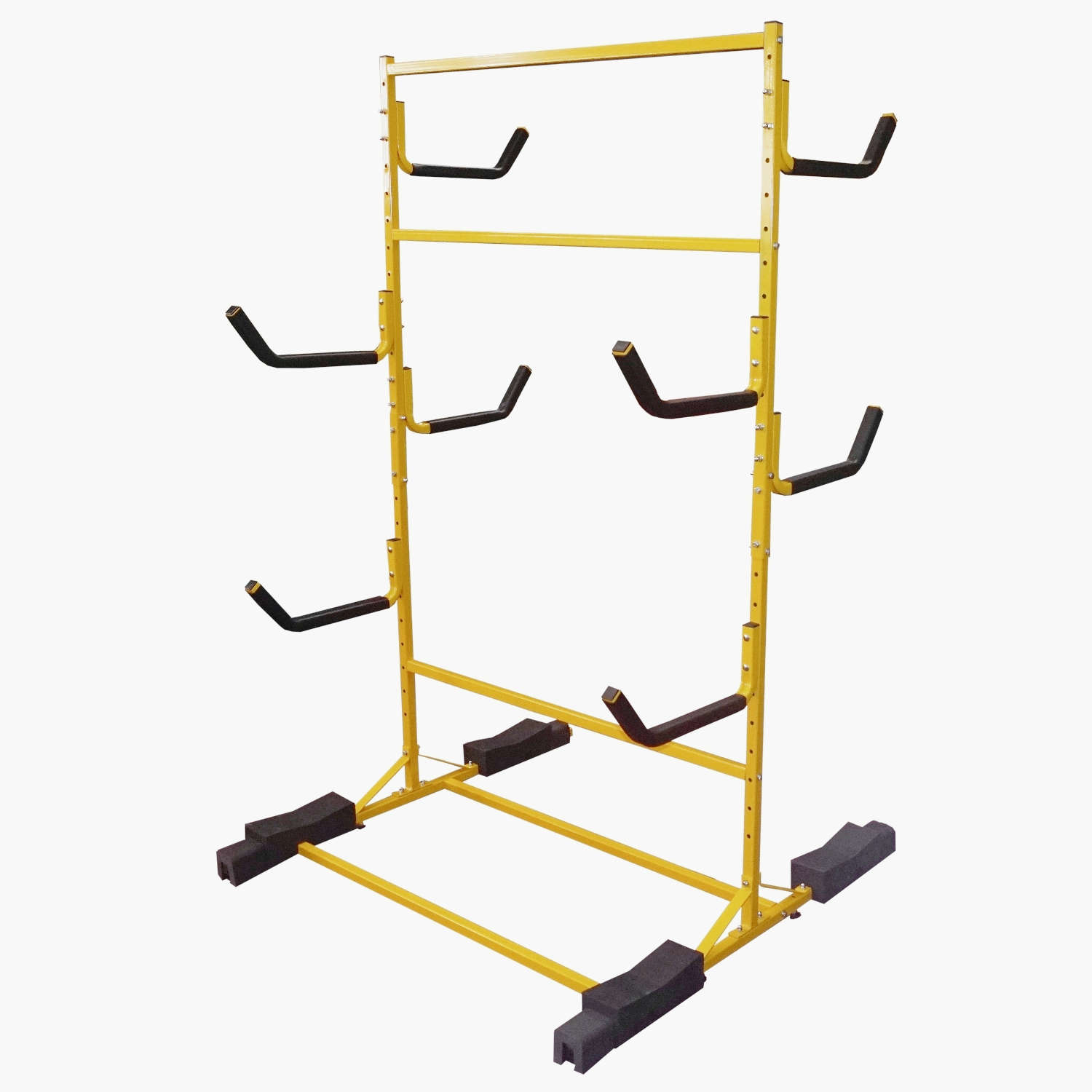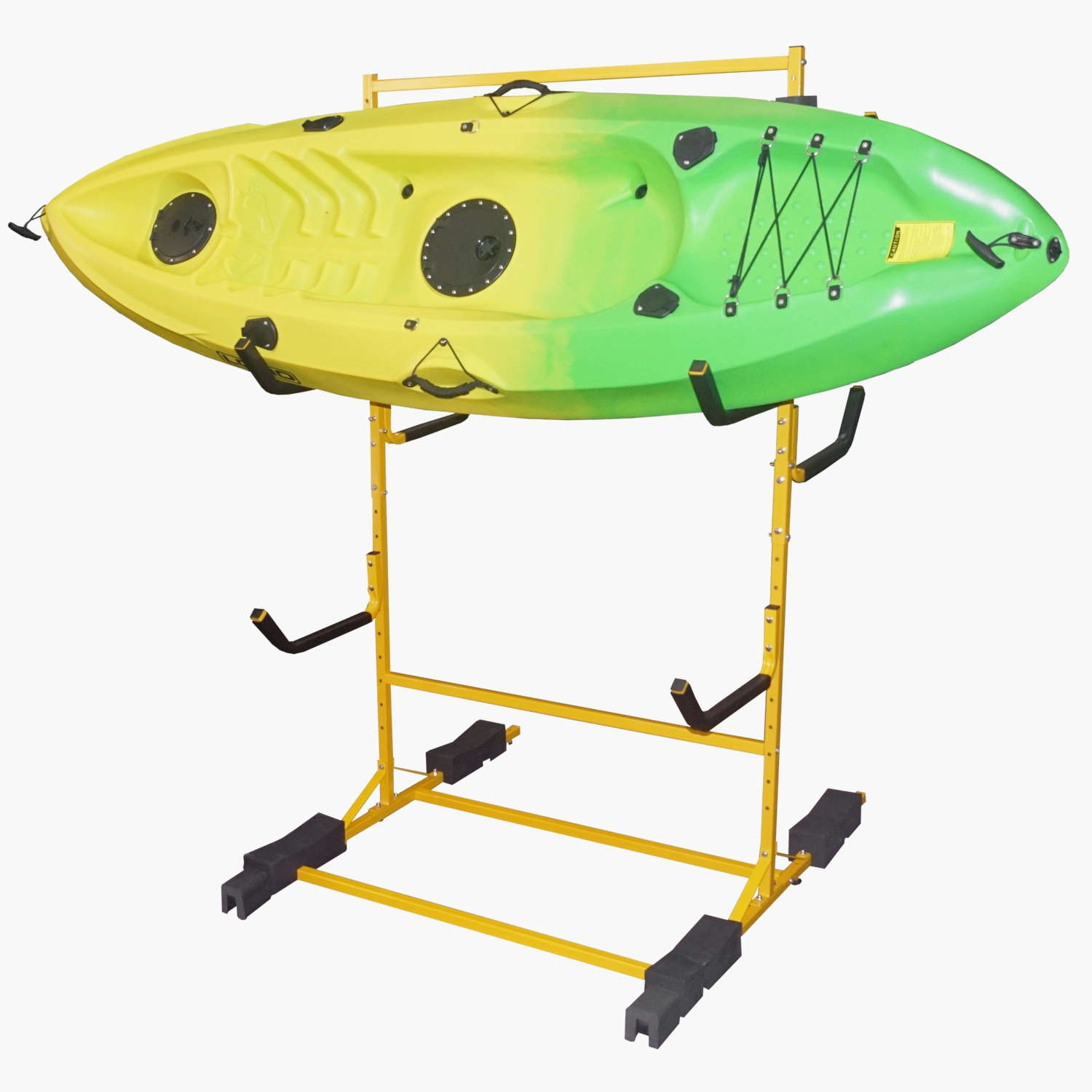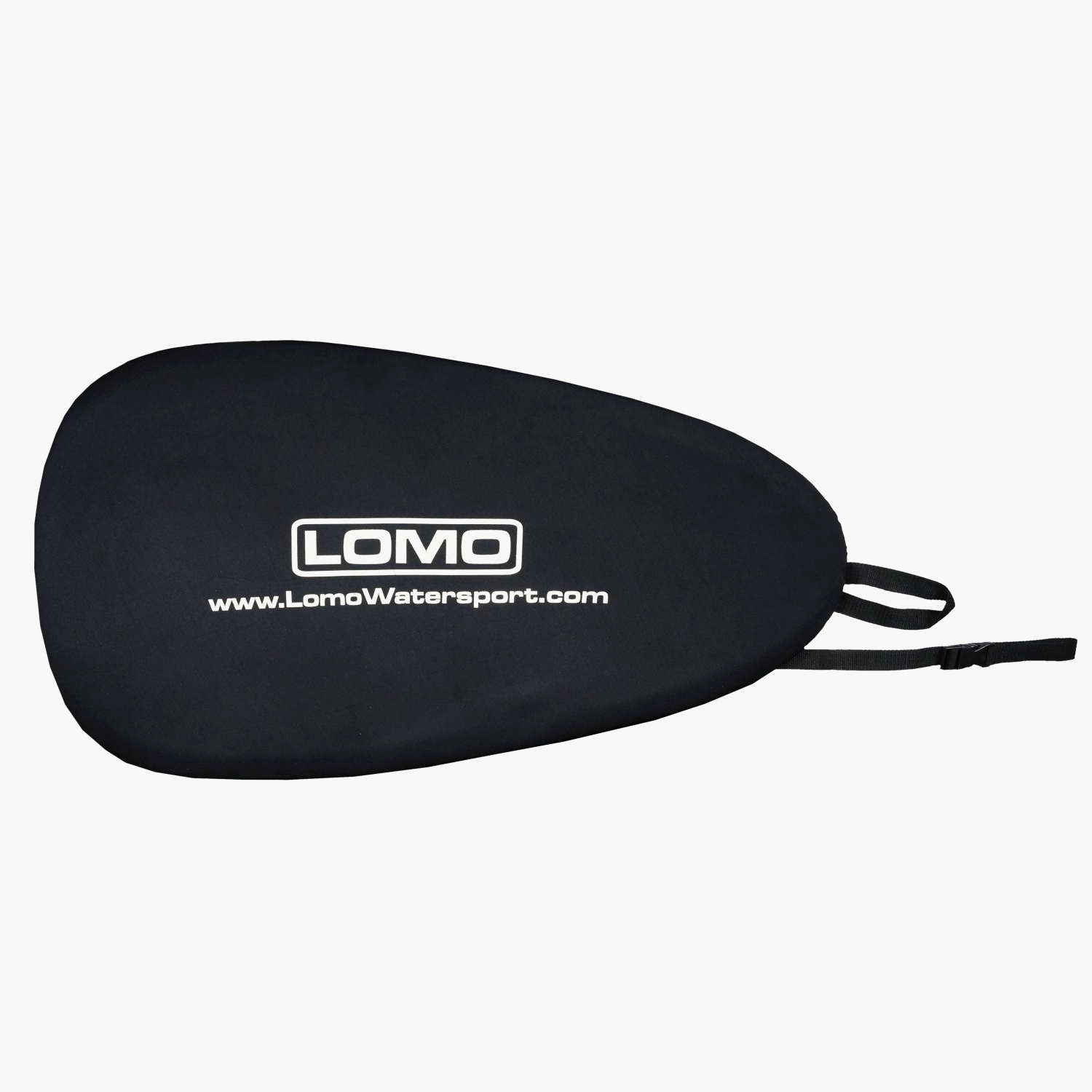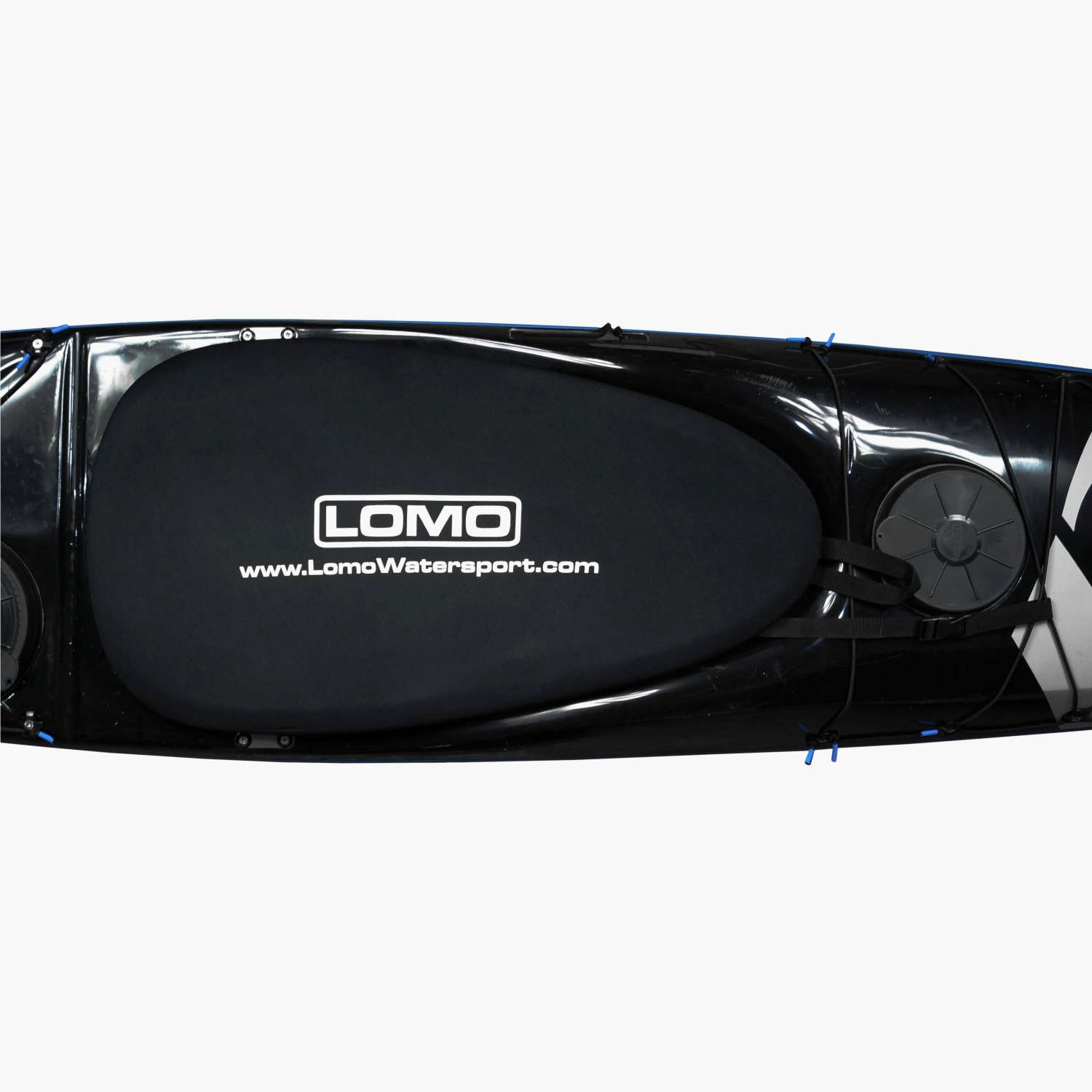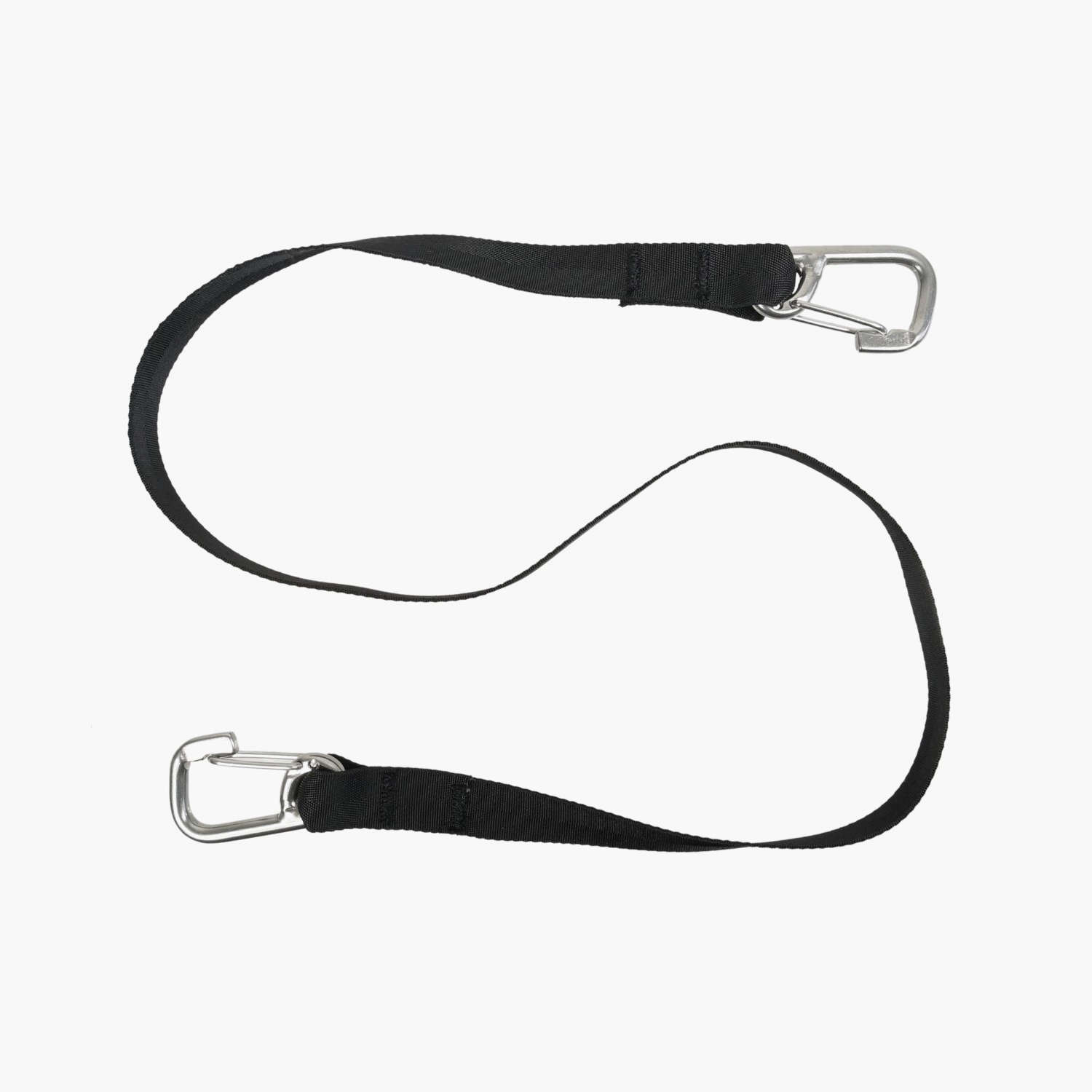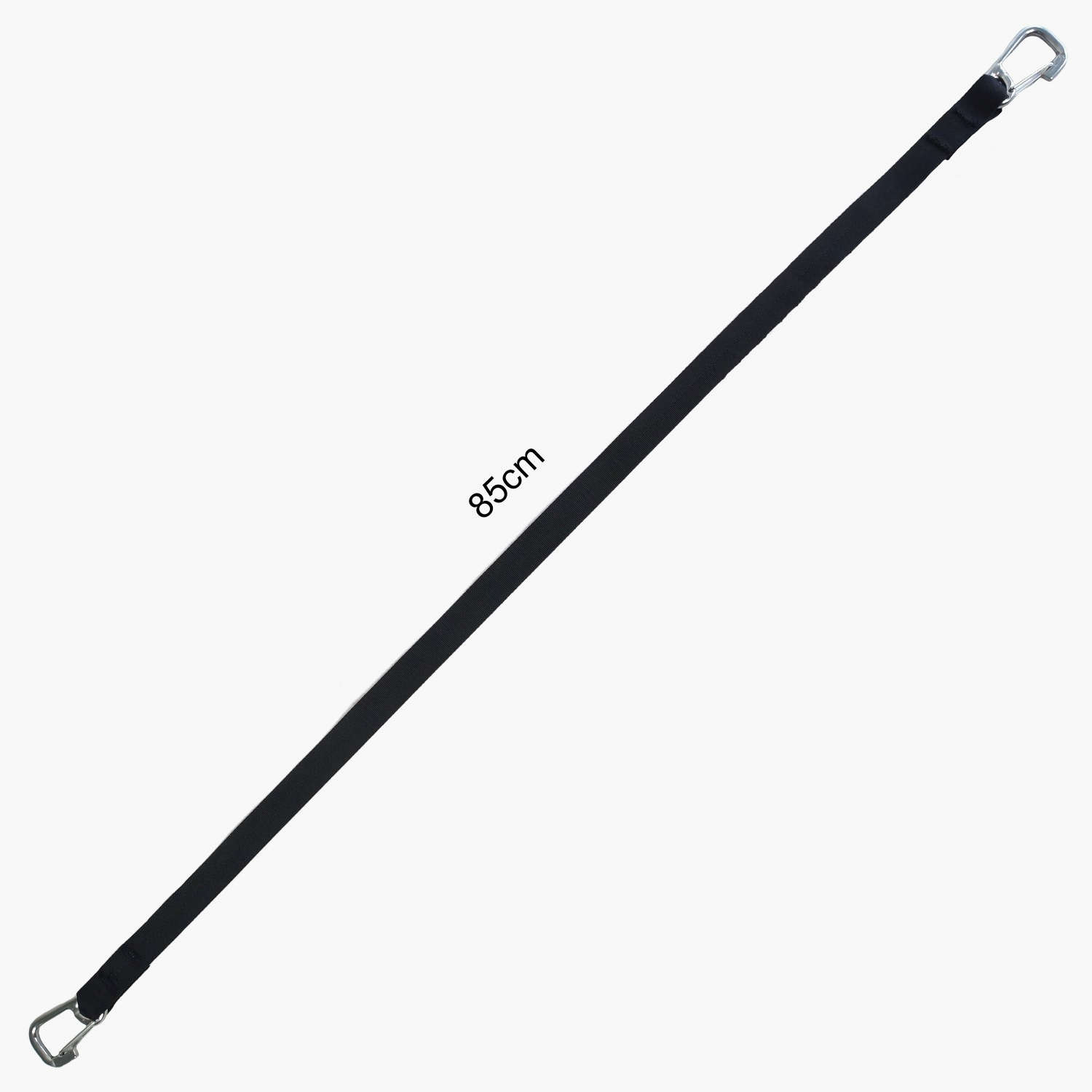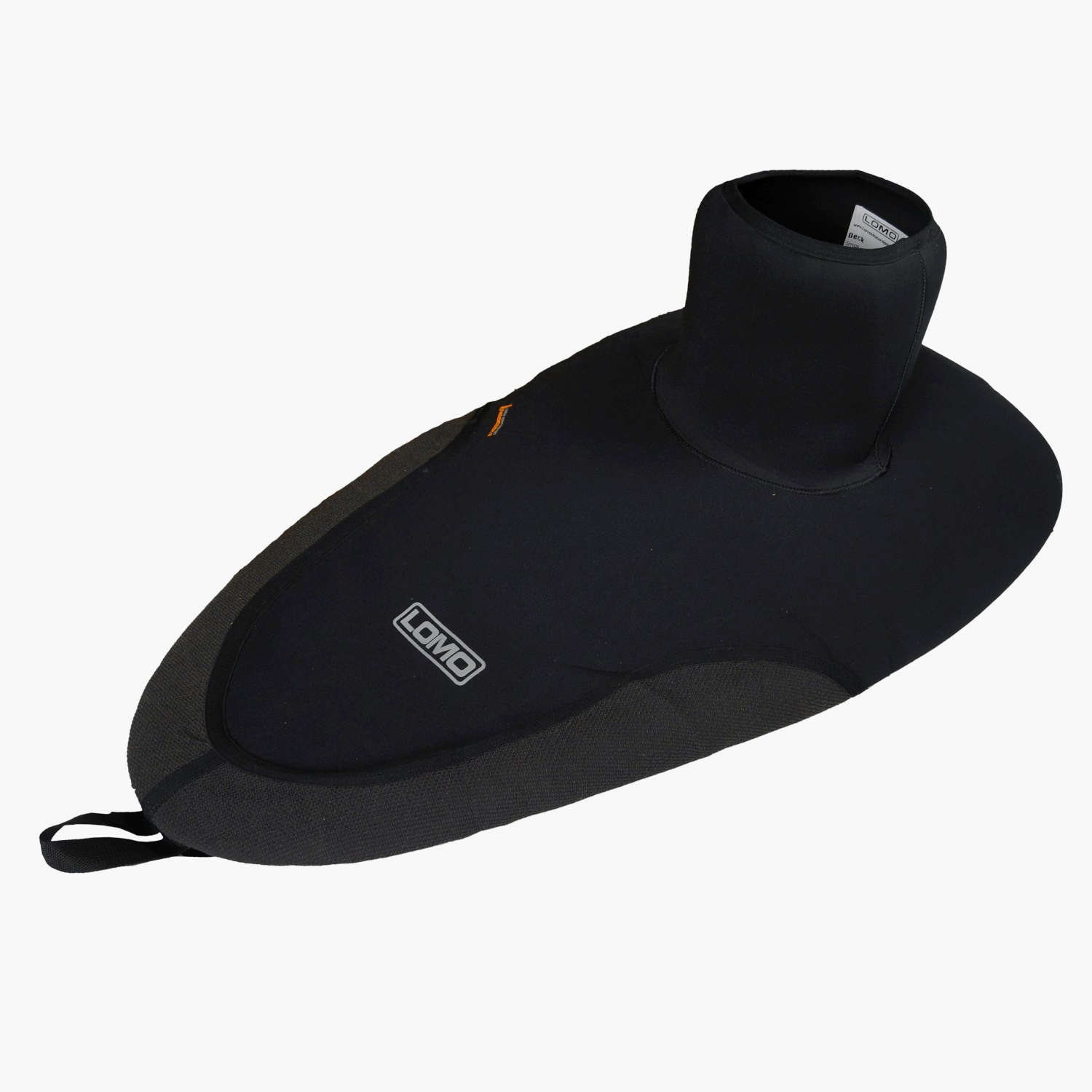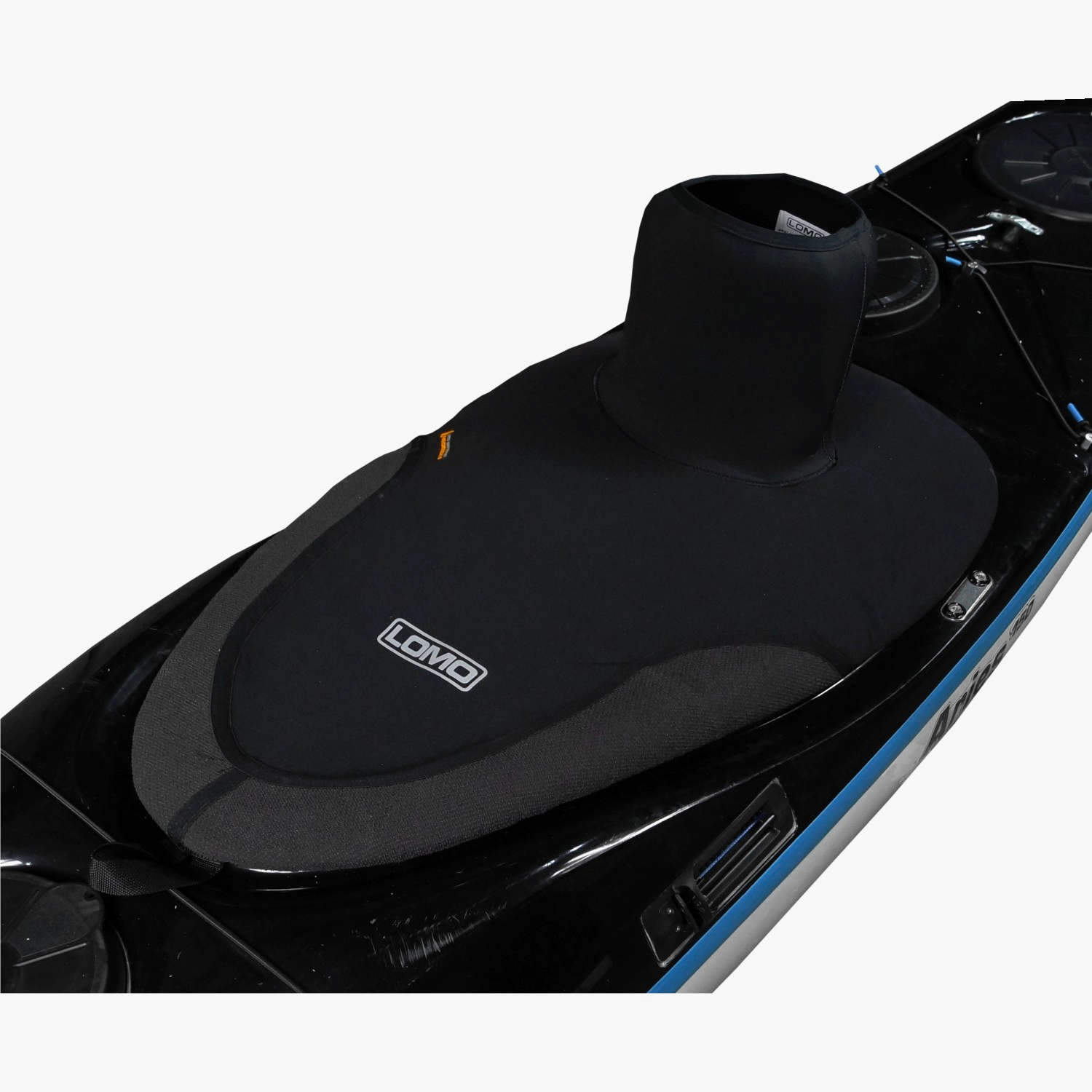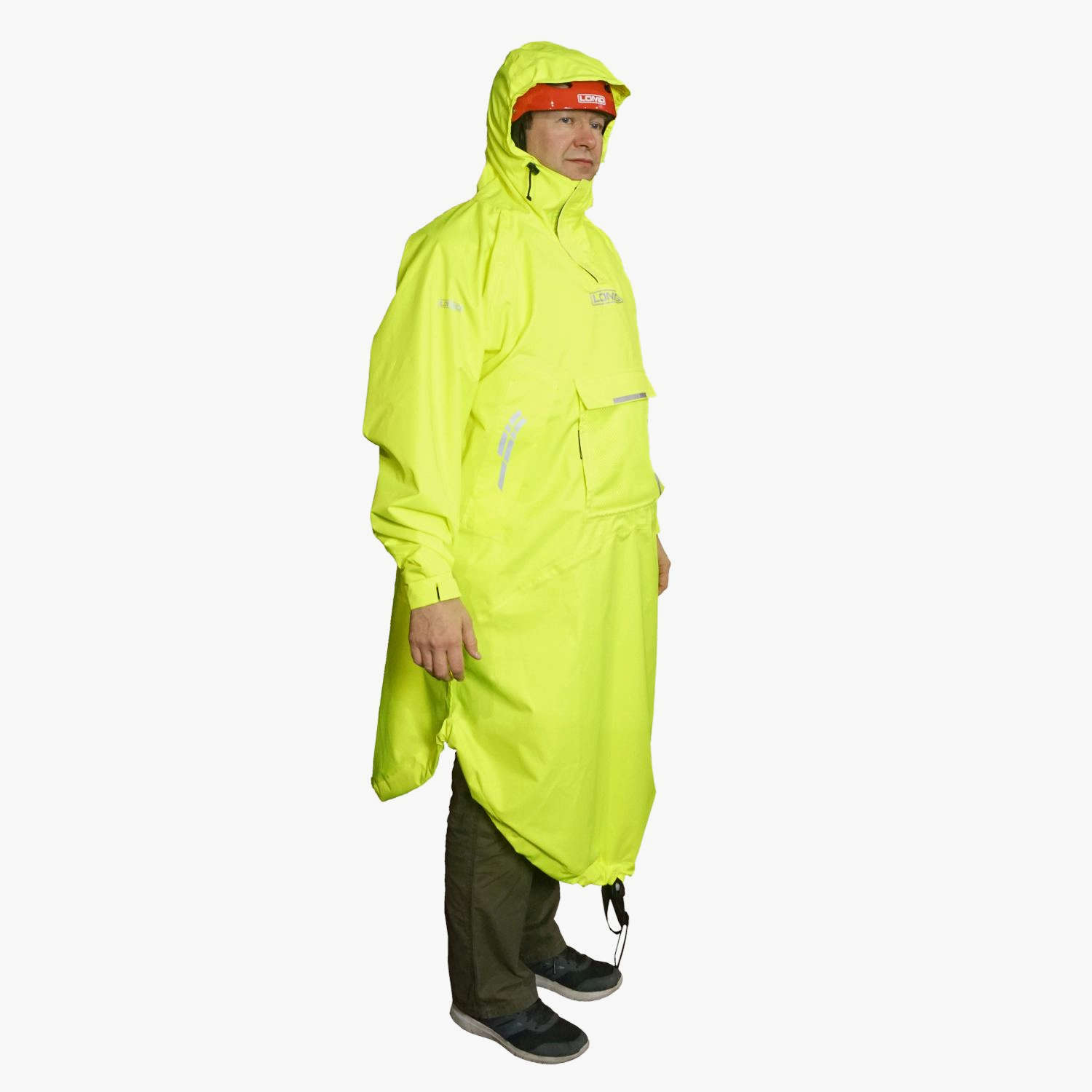A Guide To Kayak Clothing
There are several different approaches to kayak clothing and different people have different preferences but in the main they all try to consider 2 different and often opposite requirements. The first requirement is to keep you at a comfortable temperate whilst you are actually in the kayak and paddling away. This might be in calm inland conditions on a hot summer’s day when you’d possibly be too hot in even shorts and t-shirt. On the other hand you might be paddling in the open ocean in January at -5 deg c with a 20 knot wind blowing….. Now that's cold!!.
The second requirement to consider is that your clothing should be able to let you survive when it all goes wrong, the boat capsizes and you end up in the water , struggling to get back into your kayak, or you get separated from your kayak and you have to bob around in the water until someone hopefully rescues you. There are also several different types of kayaking with different considerations. River kayaking in white water could consist of several short bursts of activity in between which you return to the bank. The chances of capsize are significant and frequent and if kayaking in the winter months in the UK the water is usually not very much above freezing point.
Sea Kayaking on the other hand could last all day and, on a good day, you might not end up in the water at all. There can be long periods of relaxed paddling with the occasional frantic moment when a wave hits you unexpectedly. If the weather picks up you might be in for a hard time battling waves and against the wind and tide. Knowing the weather forecast is a must in both planning your journey and planning your attire! If you capsize and you can't recover then you might end up in the water for an awful long time!
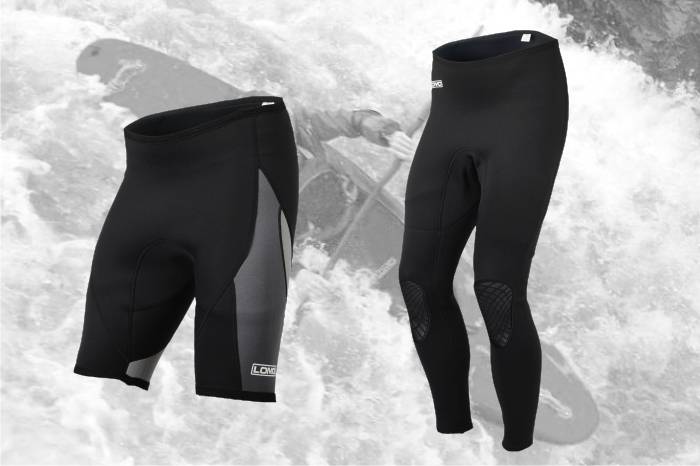
Kayak Clothing Types
Wetsuits Shorts:
Wetsuit Shorts are often worn in combination with a cag top. They can be ‘straight cut’ or ‘prebent’. Prebent shorts are specially shaped with a lower front and higher back so that they sit better when in the seated position. Sometimes they are called ‘seated shorts’. During immersion in cold water they will offer a degree of warmth around the area covered by virtue of the ‘wetsuit effect’ of trapping a thin layer of water around your body (For more on this see our ‘How wetsuits work’ article).
Wetsuit Trousers:
Wetsuit trousers are essentially longer versions of wetsuit shorts and provide a bit more warmth in colder waters.
Wetsuit trousers usually have knee pads built in to protect from bumps and scrapes. They should be worn tight to the skin in order to work the same way as a full wetsuit in trapping a thin layer of water next to the skin.
Wetsuit trousers can come in straight or prebent styles just like neoprene shorts.
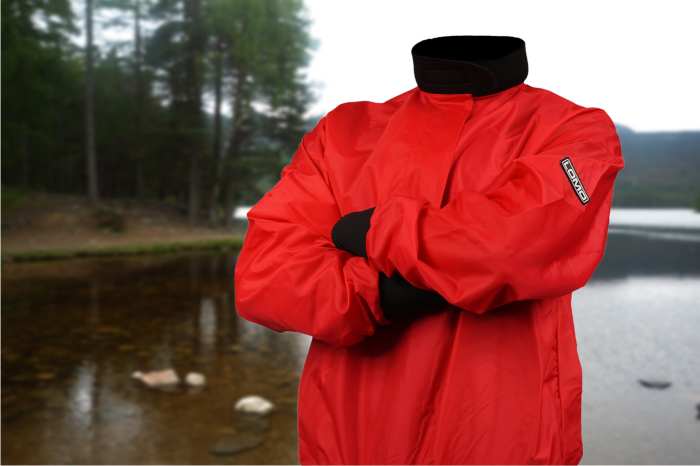
Drysuits
Kayak drysuits are full length, boiler suit shaped garments that keep the wearer completely dry when immersed. Tight latex rubber seals fit tightly round the neck and wrists whilst watertight socks cover the feet. A watertight ‘dryzip’ allows the user to don the suit and seal themselves inside.
The rubber neck seal must be sufficietly tight to keep water out but not so tight it restricts blood flow to the head and neck.
Drysuits are normally ‘shell garments’ that require the wearer to wear additional warmth layers underneath in order to regulate temperature in line with the weather conditions. The drysuit itself keeps out the water and provides a significant level of wind chill protection.
The most common garment to wear under a drysuit is a full length undersuit. Under this a base layer of wicking T-Shirt and underwear is recommended.
Drysuits are more popular in the colder months than in the peak of summer when you can be took hot when wearing one.
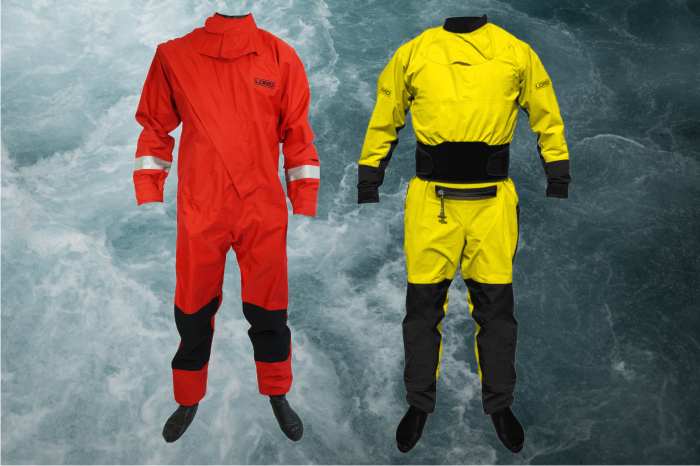
Drysuit Variations
Socks are normally made from either latex rubber (like the neck and wrist seals) or fabric material (Like the rest of the suit). In our experience latex socks are more reliable, are less likely to leak, and are easier to repair than fabric socks. Fabric socks are normally made from breathable materials, however, this benefit is normally last as wetsuit boots, that are normally worm on top of the socks, are not breathable, so almost all of this benefit is usually lost. Normal socks are worn inside the drysuit socks to provide warmth and comfort to the wearer. Neither latex nor fabric socks are very comfortable if not worn with a normal sock inside.
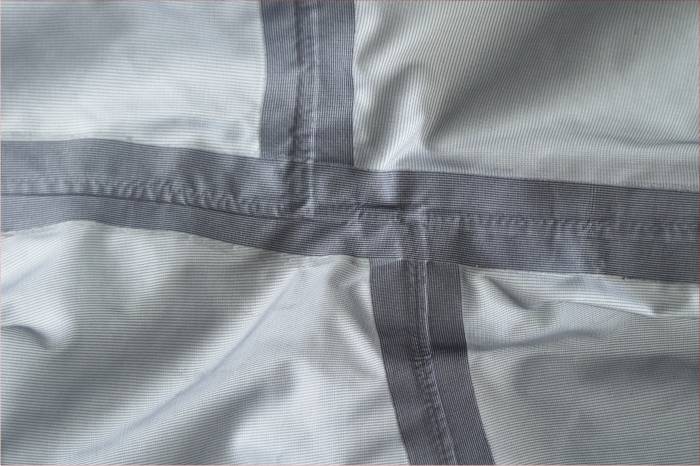
Drysuit Materials
Kayak Drysuits are broadly separated into 2 types; breathable and non breathable. Breathable drysuits are made from materials that allow an amount of water vapour, but not liquid water, to pass through the material. The idea is that when you sweat, the warmth inside the suit turns the sweat to vapour which can then escape though the breathable material.
Non breathable drysuits tend to be made of a rubber material that is sandwiched between 2 layers of fabric. The construction of these suits is normally similar to drysuits used in diving.
Drysuits are sewn or glued together and normally have seam tape along the length of the seam to prevent water penetration. Looking after the seams and material are key to keeping your suit leak free.
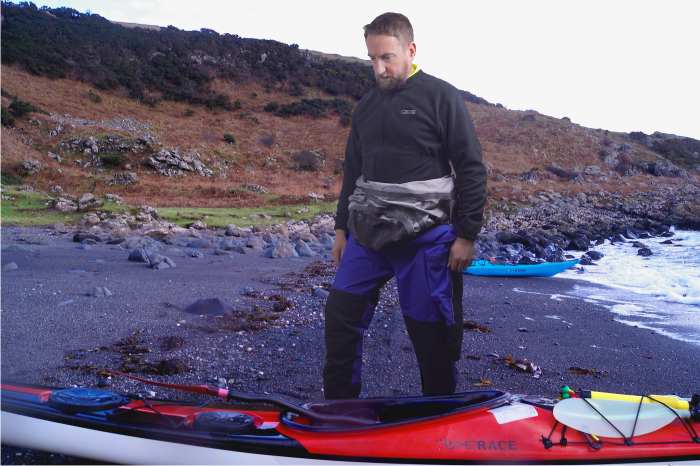
Drysuit Undersuits
Drysuit undersuits are often made from fleece material and are normally one piece jumpsuits. A one piece garment is preferable to separate top and bottoms as it keeps the number of crossing layers at the waist to a minimum. Multiple layers at the waist can become restrictive and cumbersome with a tight spraydeck over the top so a single piece garment is significantly more comfortable. The single piece design also avoids cold spots where a gap may appear between the back of the trousers and the bottom of the jumper.
Drysuit Undersuits should be warm enough to offer protection should prolonged immersion occur but not so warm as overheating will occur during normal paddling. A 2 way zip on the front of the suit allows the relief zip in many drysuits to be used more easily.
Whilst it may be tempting to put on lots of layers in colder weather it can be easy to overhear in a drysuit as you are completely sealed in. Your buoyancy aid will also add a layer of warmth and insulation to your torso. Experimenting with different combinations and building up experience of what works for you is a good approach to take.
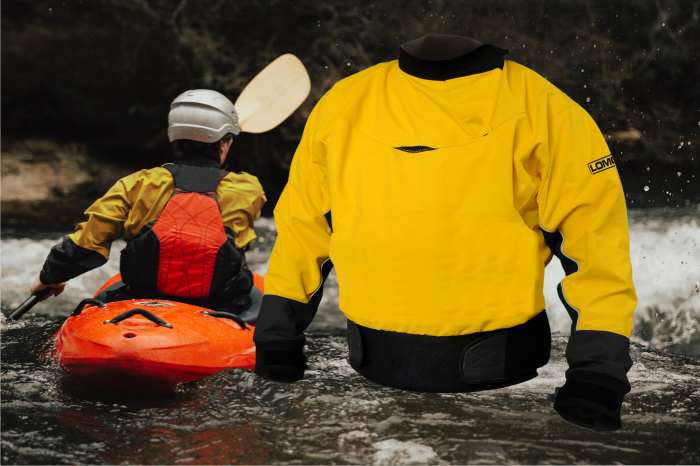
Dry Cag / Dry Top
Drycags are essentially the top half of a drysuit. They are jumper shaped and normally pull on over the head. When worn in a kayak the theory is that as long as you stay in the boat you will not get wet inside. The waist of the drycag overlaps the waist tube of the spraydeck and the spraydeck fits tightly over the cockpit rim of the kayak. If all these joins are watertight then no water should get into the kayak nor into the top itself thus you and the boat remain dry inside.
Drycags are normally sealed at the neck and wrists in the same way as a drysuit. At the waist there is normally a way of tightening the waist so it marries up with a spraydeck. The effectiveness of the meeting of the waist and the spraydeck waist tube will effect how well the garment will keep water out at the waist.
Some drycags have a double waist system where the cag has 2 layers of material and the spraydeck tube is sandwiched in between these 2 layers. Sometimes smoothskin neoprene is used on the inside of these layers to improve the ‘seal’ between the cag and the spraydeck.
A well performing cag / spraydeck combination may even keep you completely dry if you perform a manoeuvre such as an Eskimo roll.
If the paddler has to exit the boat in an emergency and swims then normally the spraydeck will still be attached at the waist. The spraydeck and cag waist will be quite tight against the body but will not be sufficient to give a totally watertight seal in these conditions. Water will make its way up the waist and ultimately wet the wearer.
So the name ‘drycag’ really only applies whilst the wearer remains in the boat.

Spraytop
Spraytops are designed to reduce the chilling effect of cold wind, rain and sea spray whilst kayaking. They do not keep you totally dry and if you immerse then water will enter the garment by the neck and probably other entry points (wrists, waist, seams etc). Regardless of this , even when wet inside, these garments significantly reduce the effect of wind chill.
Spraytops are often made from lower cost fabrics such as PU (Poly Urethane) coated nylon. Some spraytops are made from breathable materials, but in the main, simple waterproof fabrics are used.
Spraytops are often one of the first items a new kayaker will buy and can be easily combined with a farmer john style wetsuit for a good beginners, fair weather, combination.
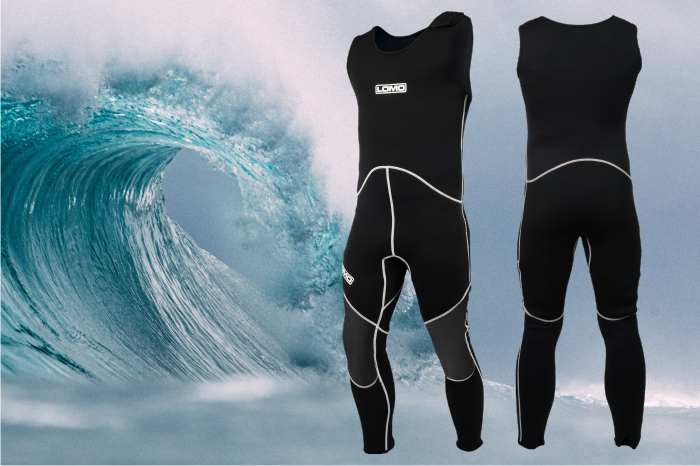
Kayak Wetsuits
Full length wetsuits, whilst being warm, are relatively unpopular in kayaking. The tight rubber around the arms and shoulders can be restrictive for the repeated motion experienced in paddling. They are sometimes worn during surf kayaking though where the possibility of being repeatedly ‘thrashed’ by the waves can make a full suit more appropriate.
Farmer john style wetsuits , so called due to their appearance similar to a farmer wearing dungarees, are more popular as they combine the benefits of a wetsuit on the bottom 2/3 of the body with unrestricted arm movement. Some of the warmth of a full wetsuit is sacrificed in order to free up the arms.
The combination of a farmer john style wetsuit and a spraytop is a common starting point for people taking up kayaking in milder months. Beginners tend to be in the water more often that experienced paddles so the wetsuit is a practical garment in these circumstances. If you go to a club or outdoor centre to learn kayaking you are likely to be issued with this combination for your early training.
Many kayakers progress from this type of outfit onto drysuits / drycags etc and develop their own preferences for the type of garments they prefer.
Kayak wetsuits are also popular with activity providers who will often issue them to their clients for taster sessions or short courses.
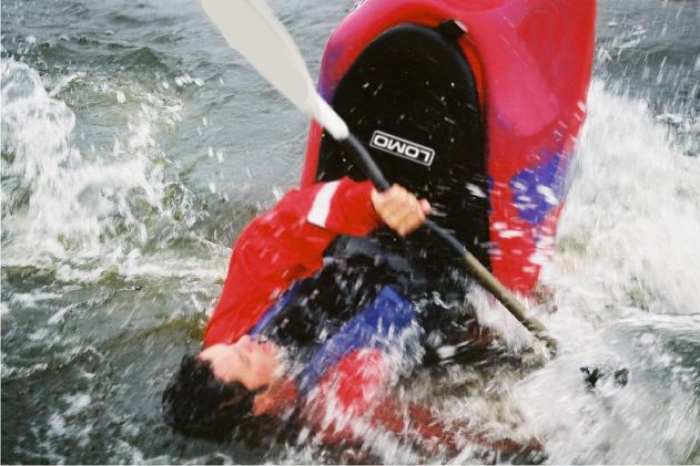
Spraydecks
Spraydecks (UK) or Sprayskirts (US) are garments made to keep water from entering a kayak. When kayaking a person sits in the middle of a large hole in the top of the kayak through which their legs enter the forward section of the boat. In the event of a capsize, rough weather or a simple wave lapping over the top of the boat, water will flood into this hole and enter the boat.
As more water enters the boat the stability and buoyancy of the craft are affected. As more water enters the boat it will sink lower in the water until eventually it may sink, or at least be completely swamped with water. It is much easier to keep water our, than to let it get in and try to remove it later and so spraydecks were invented to achieve this end.
A spraydeck should be tight round the waist of the wearer and also tight round the rim of the kayak cockpit. A well fitted spraydeck will keep water out in all but the most demanding of conditions.
A spraydeck should have a strong release handle that makes it quick and easy to detach it from the boat in an emergency.
Spraydecks tend to be made from either neoprene or a sheet material like waterproofed nylon. Neoprene decks tend to provide a more robust and watertight solution in rough weather where a lot of water is splashing over the boat deck.
A well fitted neoprene deck can stay in position during a capsize and roll manoeuvre and during heavy landings in whitewater kayaking
Licence to use this document
We often receive requests to use excerpts from our guides on other websites. We are happy for you to do this as long as you abide by the following condition. You must attribute the article to Lomo Watersport and include a link to our website www.lomo.co.uk at the bottom of every page containing the excerpt. The copyright of this document remains the property of Lomo Watersport
